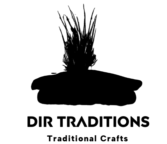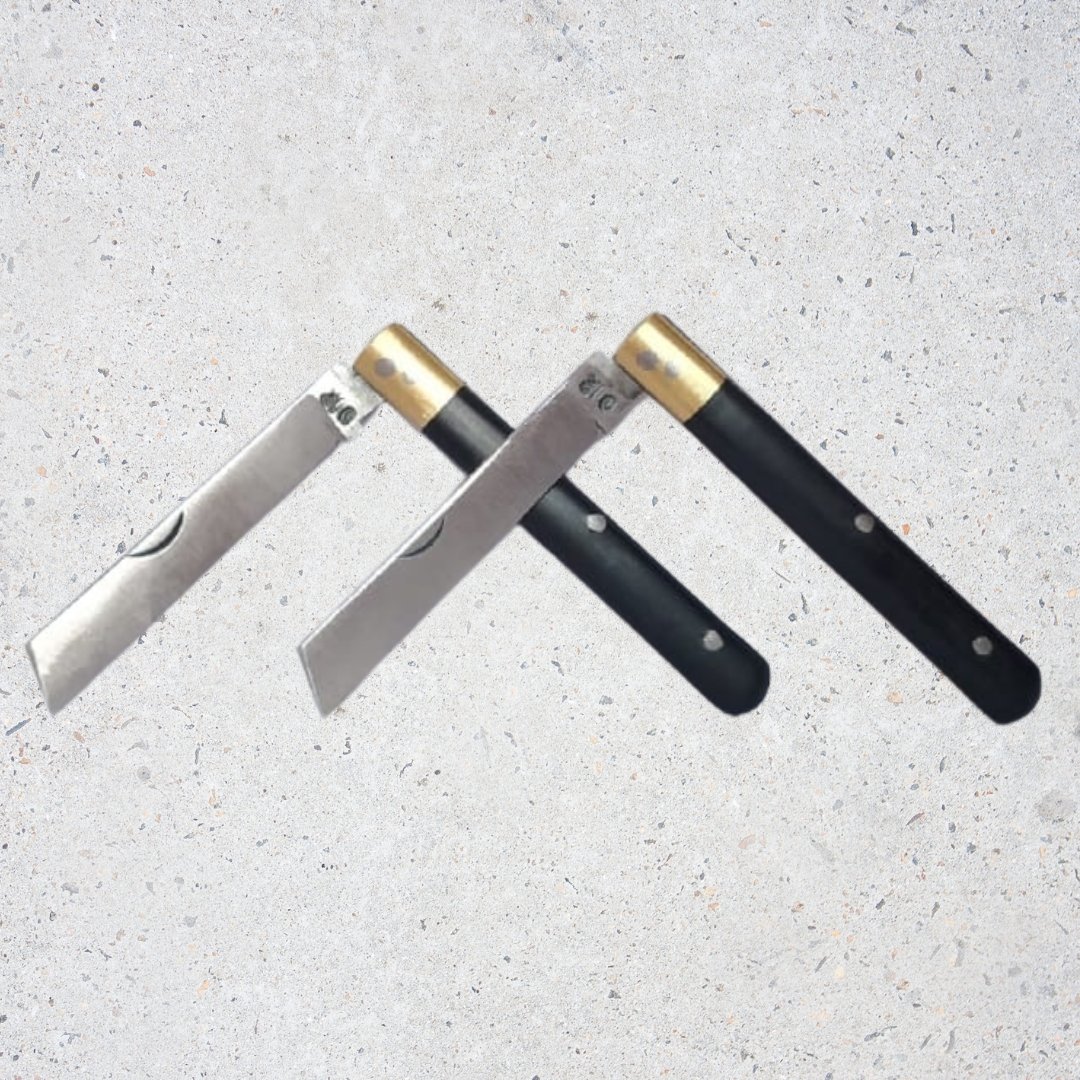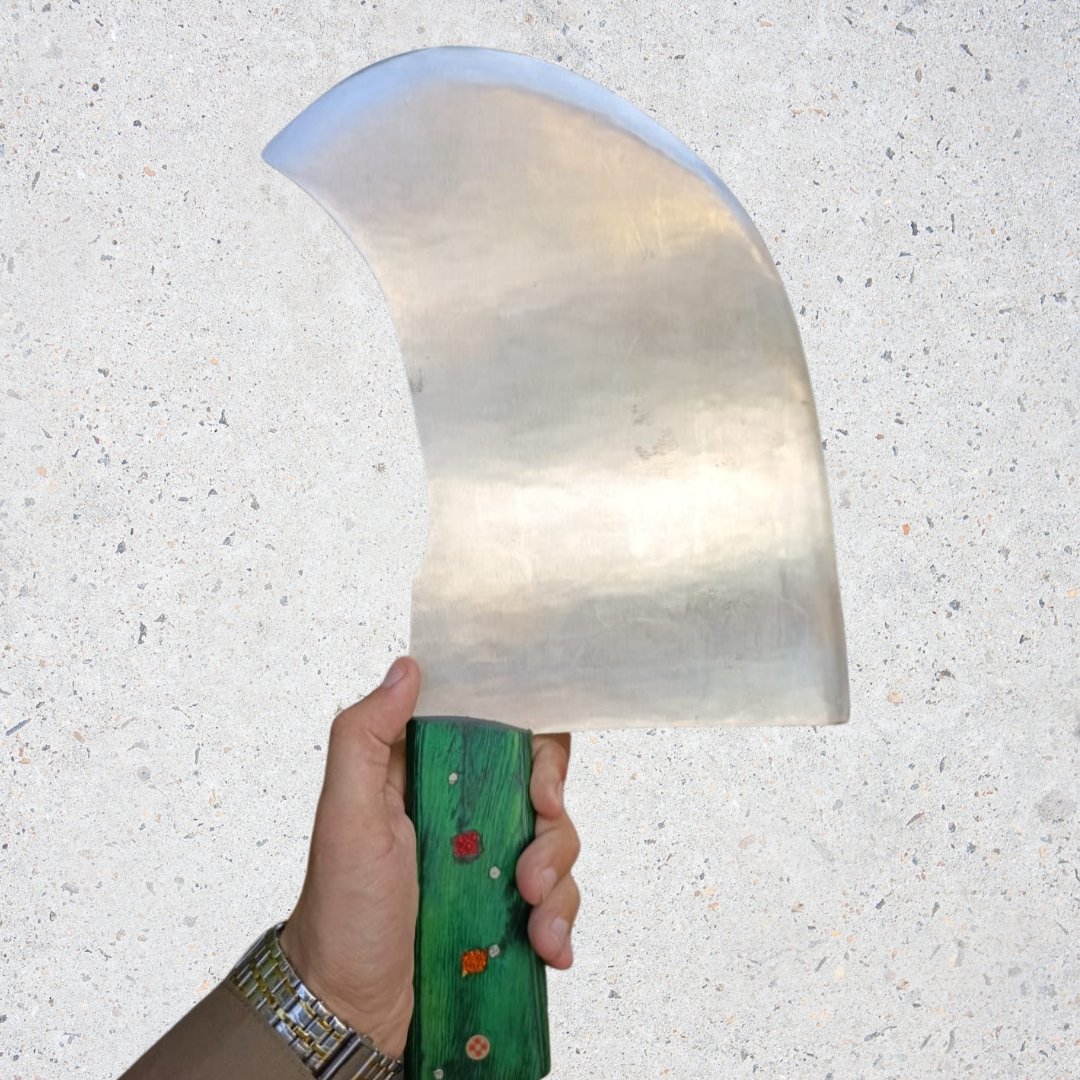The Khanjar Knife of Dir: A Legacy of Craftsmanship
The khanjar knife is more than just a blade; it’s a symbol of heritage, artistry, and cultural identity. In the Upper Dir district of Khyber Pakhtunkhwa, Pakistan, the khanjar knife locally known as the Diroji knife has been handcrafted for over two centuries. This article delves into the rich history, intricate craftsmanship, and current challenges faced by the artisans of Dir who continue to keep this tradition alive.
This article explores the history, design, cultural value, and modern-day relevance of the khanjar knife, shedding light on why it continues to hold a revered place in global heritage.
Historical Background
The tradition of crafting the khanjar knife in Dir dates back approximately 200 years. It began during the reign of Nawab Sharif Khan, who established an arms factory in the region. This initiative not only produced weapons for warfare but also laid the foundation for the local knife-making industry. Over time, the khanjar knife evolved from a weapon of war to a symbol of cultural pride and utility.
Craftsmanship and Design
Creating a khanjar knife is a meticulous process that requires skill, patience, and dedication. The artisans of Dir employ traditional methods, often passed down through generations, to forge these blades.
Key Features of the Khanjar Knife
| Feature | Description |
|---|---|
| Blade | Curved, double-edged, made from high-carbon or Damascus steel |
| Handle | Crafted from wood, bone, or horn; sometimes adorned with intricate carvings |
| Sheath (Scabbard) | Made of leather or wood, often decorated with silver or brass embellishments |
| Length | Typically ranges from 6 to 10 inches |
| Usage | Ceremonial purposes, self-defense, and as a symbol of status |
The curvature of the blade is not merely aesthetic; it enhances the knife’s functionality, making it effective for slicing and thrusting.
Cultural Significance
In Dir and surrounding regions, the khanjar knife holds immense cultural value. It is often presented as a gift during weddings and other significant events, symbolizing honor and bravery. The knife is also a staple in traditional attire, especially during festivals and ceremonies, reflecting the wearer’s heritage and social standing.
Economic Impact and Challenges
Despite its cultural importance, the khanjar knife industry in Dir faces numerous challenges:
-
Rising Material Costs: The price of raw materials, such as steel and decorative elements, has increased significantly, making production more expensive.
-
Lack of Government Support: Artisans have expressed concerns over the absence of governmental assistance, which hampers their ability to compete in international markets.
-
Declining Interest Among Youth: Younger generations are increasingly pursuing alternative careers, leading to a shortage of skilled craftsmen to continue the tradition.
These factors contribute to the industry’s decline, threatening the survival of this age-old craft.
Preservation Efforts
To safeguard the future of the khanjar knife industry in Dir, several measures can be undertaken:
-
Government Initiatives: Providing financial support, training programs, and infrastructure development to assist artisans.
-
Cultural Festivals: Organizing events to showcase the craftsmanship and attract tourism, thereby generating income for local communities.
-
Educational Programs: Incorporating traditional crafts into educational curricula to inspire interest among the youth.
By implementing these strategies, the rich heritage of the khanjar knife can be preserved for future generations.
Craftsmanship and Materials
Creating a khanjar knife is a meticulous process that demands high levels of craftsmanship. Artisans often undergo years of apprenticeship to master the skills required. The materials used in a khanjar reflect both regional availability and the socio-economic status of the intended wearer.
Common Materials Used:
-
Blades: High-carbon steel, Damascus steel
-
Handles: Rhino horn (historically), sandalwood, bone, ivory, or resin
-
Sheath: Silver, gold, copper, leather, and velvet
Silver filigree is particularly popular in Oman, where it is used to create intricate patterns on the sheath and handle. This type of metalwork requires precise attention to detail and showcases the cultural artistry associated with the khanjar knife.
Regional Variations
While the general form remains consistent, the khanjar knife varies slightly across regions:
-
Omani Khanjar: Highly decorative, worn at formal events. The sheath is usually heavily adorned with silver patterns.
-
Yemeni Janbiya: Slightly broader blade, often worn with tribal belts. The handle is sometimes made of rare materials like jambiya horn.
-
Pakistani Khanjar: Features Mughal-inspired designs, often embedded with gemstones and elaborate engravings.
Each regional style reflects the local traditions, materials, and historical context, making the khanjar knife a diverse and richly cultural artifact.
The Khanjar in Modern Times
Despite the advent of modern weaponry and the decline in the functional use of bladed weapons, the khanjar knife has retained its place in contemporary culture. It is no longer just a tool or weapon but a collector’s item, a gift, and a ceremonial symbol.
In Oman, government officials and military officers continue to wear khanjars on formal occasions. The knife also features prominently in state functions and national celebrations. In the global market, antique and artistically crafted khanjar knives fetch high prices among collectors and historians.
Legal and Ethical Considerations
While the khanjar knife is an object of art and tradition, there are legal and ethical concerns surrounding its possession and trade:
-
Endangered Materials: Historically, handles were made from materials like rhino horn or ivory. Today, these are protected under international laws, and many countries prohibit their trade.
-
Weapon Classification: In some countries, carrying a khanjar, even for ceremonial reasons, may be restricted under local weapon laws.
-
Cultural Sensitivity: Imitating or misusing the khanjar without understanding its cultural background may be viewed as disrespectful.
Modern artisans now use sustainable and ethical materials to continue the legacy without harming the environment or breaking laws.
Buying and Collecting
For collectors, a genuine khanjar knife is a prized possession. When buying a khanjar, it’s essential to consider:
-
Authenticity: Ensure the blade and sheath are handcrafted.
-
Material: Verify that the materials comply with legal and ethical standards.
-
Origin: Authentic khanjars often come with a certificate of origin, especially those from Oman and Yemen.
-
Craftsmanship: Examine the detailing, especially the silverwork and engraving.
Due to their historical and cultural value, some khanjar knives are even passed down through generations as family heirlooms.
Preservation and Maintenance
Maintaining a khanjar knife ensures its longevity and beauty. Here are some tips:
-
Avoid moisture: Keep the blade dry to prevent rust.
-
Polish silver parts regularly using non-abrasive silver cleaners.
-
Store properly: Keep it in a dry, padded case away from direct sunlight.
-
Avoid touching the blade with bare hands to prevent oils from causing tarnish or corrosion.
Restoration should always be handled by professionals to preserve its historical integrity.
Conclusion
The khanjar knife is a remarkable artifact that bridges the gap between utility and artistry. With deep roots in history and culture, it continues to symbolize honor, heritage, and identity in various regions. Whether worn proudly on ceremonial occasions or showcased in museums and private collections, the khanjar knife remains a testament to timeless craftsmanship and cultural pride.
As the world moves forward, preserving the traditions and stories associated with the khanjar knife becomes all the more vital. Through responsible ownership, appreciation for craftsmanship, and respect for cultural origins, the legacy of this iconic blade can continue to inspire generations to come.






Reviews
There are no reviews yet.